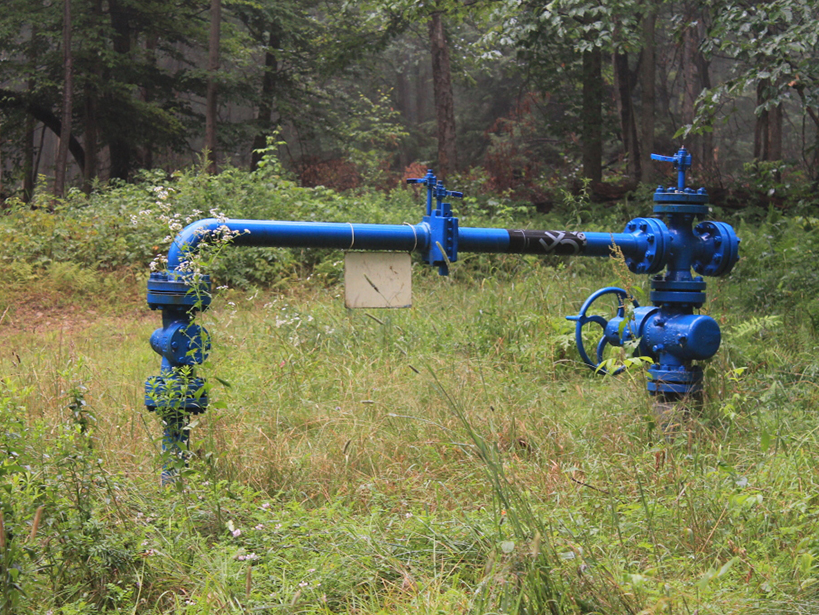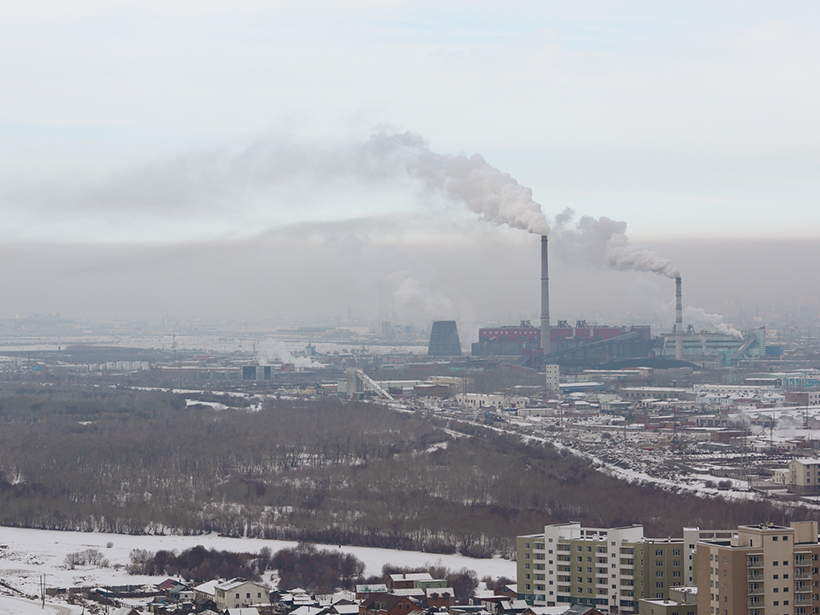A new study mined museum collections to investigate just how sooty the air in the United States has been for the past 135 years.
air pollution
New Data Record Extends History of Global Air Pollution
Researchers extend long-term aerosol records to the past 40 years by combining two existing algorithms to process satellite data over both land and sea.
Novel Air Pollution Study Gauges Individual Cyclists’ Risks
By attaching an array of instruments to bike commuters in New York City, researchers aim to evaluate ambient pollution amounts and doses at the level of an individual cyclist.
The Asian Summer Monsoon Launches Pollutants Around the Globe
New research provides a comprehensive overview of the effect of the Asian summer monsoon (ASM) on atmospheric composition throughout the life cycle of the ASM anticyclone.
Air Pollutant Plays Lesser Role in Climate Change Than Expected
Satellite data indicate that pollution control efforts that curbed levels of sulfur dioxide gas did not cause a major decrease in carbon dioxide absorption by plants.
What Happens to Methane That Leaks from Abandoned Wells?
Three-dimensional simulations suggest that some aquifers may be more vulnerable to contamination from leaky oil wells than others.
Closing the Air Quality Data Gap in the Developing World
How a husband-and-wife team created the world's first open access, open source international air quality data hub—a global resource for health organizations, policy makers, and others.
What Drives Pollutant Dispersion at Night?
Better understanding of waves and turbulence in calm air could improve predictions of weather and pollutant dispersion.
Human-Made Fires Pollute Air with Ozone Half a World Away
Fires in Africa and Southeast Asia contributed to western Pacific pollution, a study finds. Prior understanding attributed hefty levels of the harmful agent and greenhouse gas to natural processes.
Urbanization Affects Air and Water in Italy's Po Plain
Satellite and ground-based measurements show a correlation between urban growth and increased levels of pollutants.









